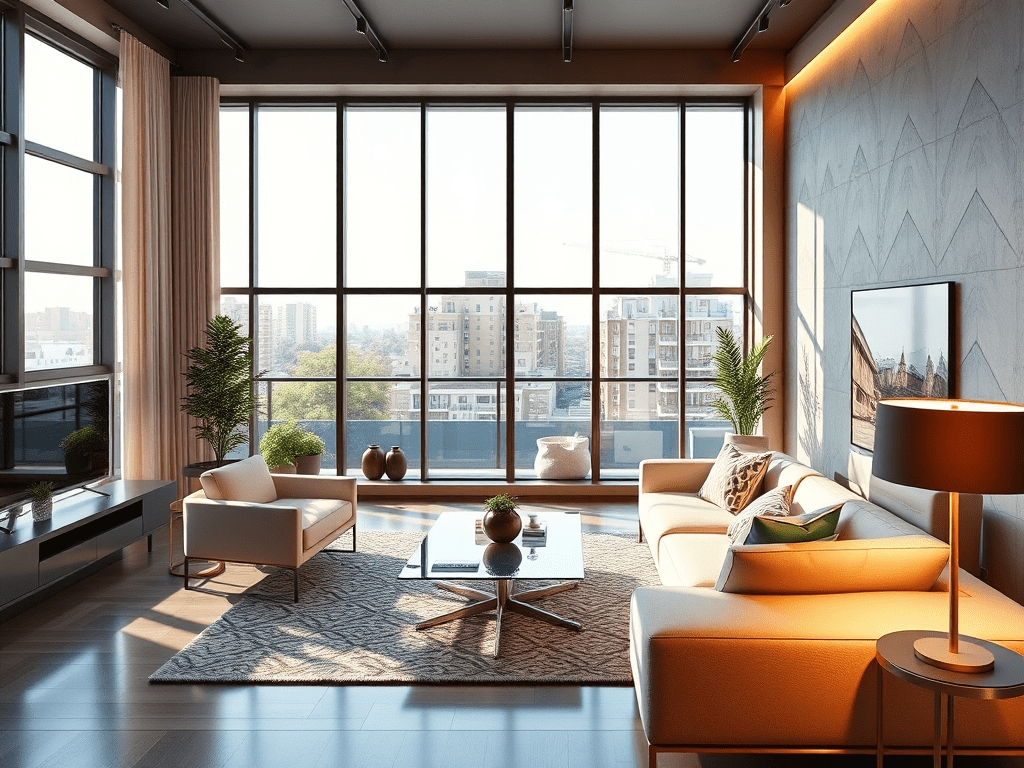Breaking Down Walls: Using 3D Visualization for Real Estate Marketing and Sales

In the competitive world of real estate, speed and clarity are key to closing deals. Yet, traditional methods of showcasing properties often fall short, especially when dealing with unbuilt spaces. 3D visualization tools are transforming how architects, designers, and real estate teams collaborate to market and sell properties faster and more effectively.
Bridging the Gap Between Design and Sales
Architects and designers bring creative visions to life, but these concepts can be difficult for potential buyers to understand when presented through static blueprints or renders. 3D walkthroughs bridge this gap, creating immersive experiences that connect buyers to unbuilt spaces.
Why It Works:
- Immediate Emotional Engagement: Buyers can explore the property as if it were already built, fostering a deeper emotional connection.
- Clearer Visualization: Instead of imagining layouts and dimensions, clients can navigate spaces and understand their functionality in real time.
- Collaborative Storytelling: Architects and real estate agents can work together to craft compelling narratives that resonate with target buyers.
Example: A luxury apartment project used 3D walkthroughs to showcase penthouse views and custom finishes. Prospective buyers could experience the space virtually, leading to faster pre-sales and heightened demand.
Securing Pre-Sales with Unbuilt Spaces
Selling unbuilt properties has always been a challenge. Buyers often hesitate without tangible proof of what they’re investing in. 3D visualization eliminates this uncertainty by bringing designs to life before construction begins.
Techniques for Success:
- Personalized Experiences: Offer interactive 3D models where buyers can customize finishes, furniture layouts, and lighting, making the space feel uniquely theirs.
- Highlight Key Features: Use the walkthrough to emphasize selling points, such as spacious layouts, natural light, or premium materials.
- Build Trust: Provide realistic simulations that reflect the final build quality, ensuring buyers feel confident in their investment.
Case Study: A mixed-use development secured 50% of its pre-sales quota within weeks by using 3D visualization to showcase residential units and communal amenities. Buyers were particularly impressed with the ability to explore shared spaces, like gyms and rooftop gardens, virtually.
Data-Backed Insights on Higher Conversion Rates
3D visualization doesn’t just enhance the presentation—it delivers measurable results. Firms leveraging these tools report significant improvements in both client engagement and sales performance.
Key Metrics:
- Shorter Sales Cycles: Properties marketed with 3D walkthroughs often sell 30% faster than those relying on traditional methods.
- Higher Conversion Rates: Interactive models increase buyer confidence, leading to conversion rates up to 25% higher.
- Improved Retention: Prospective buyers spend more time engaging with interactive content, deepening their connection to the property.
Example: A coastal resort development used 3D visualizations to attract international buyers. The immersive experience allowed potential clients to explore units remotely, leading to a 20% increase in sales from overseas markets.
Collaborating for Success
Architects, designers, and real estate teams must work together to maximize the impact of 3D visualization tools. Here’s how:
- Integrate Early: Collaborate during the design phase to ensure marketing assets are ready as soon as sales efforts begin.
- Focus on the Buyer’s Perspective: Tailor walkthroughs to highlight features and benefits that matter most to your target audience.
- Leverage Feedback: Use buyer reactions to refine both the design and the marketing approach, ensuring alignment with market demand.
By combining creative vision with cutting-edge technology, 3D visualization has become an indispensable tool in real estate marketing and sales. Whether it’s securing pre-sales for unbuilt projects or enhancing the appeal of existing properties, these tools break down barriers between concept and client, helping teams sell faster and more effectively.